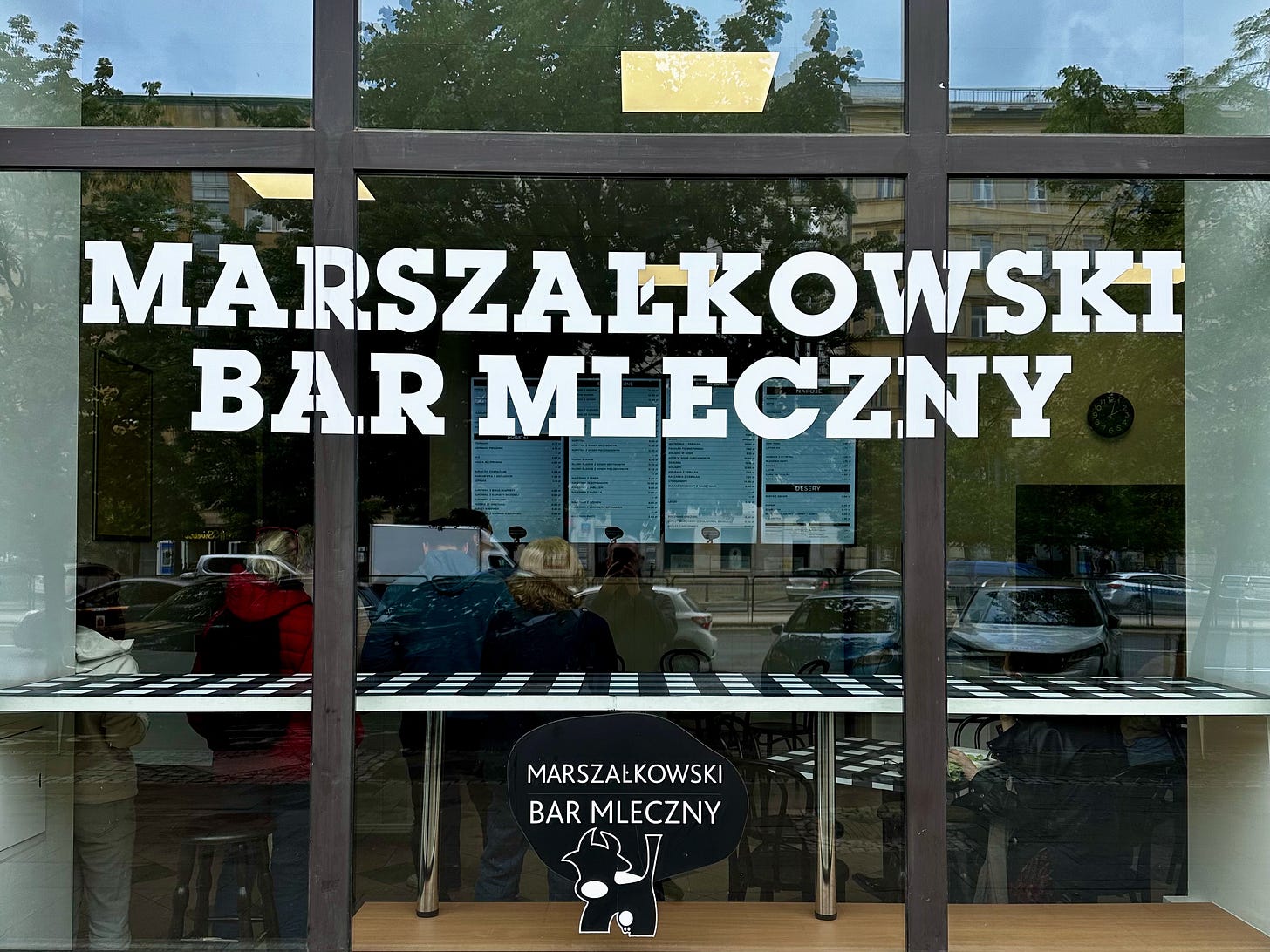Echoes of an Era: The Enduring Legacy of Poland's Milk Bars
From Humble Beginnings to Cultural Icons and Back Again
The aroma hit me first – a comforting, almost nostalgic blend of simmering cabbage, boiled potatoes, and something undeniably hearty. It was a scent that transcended the sleek, modern facade of downtown Warsaw, pulling me towards a small, unassuming doorway. Above it, a faded sign read "Bar Mleczny Marszałkowska." I'd heard whis…




